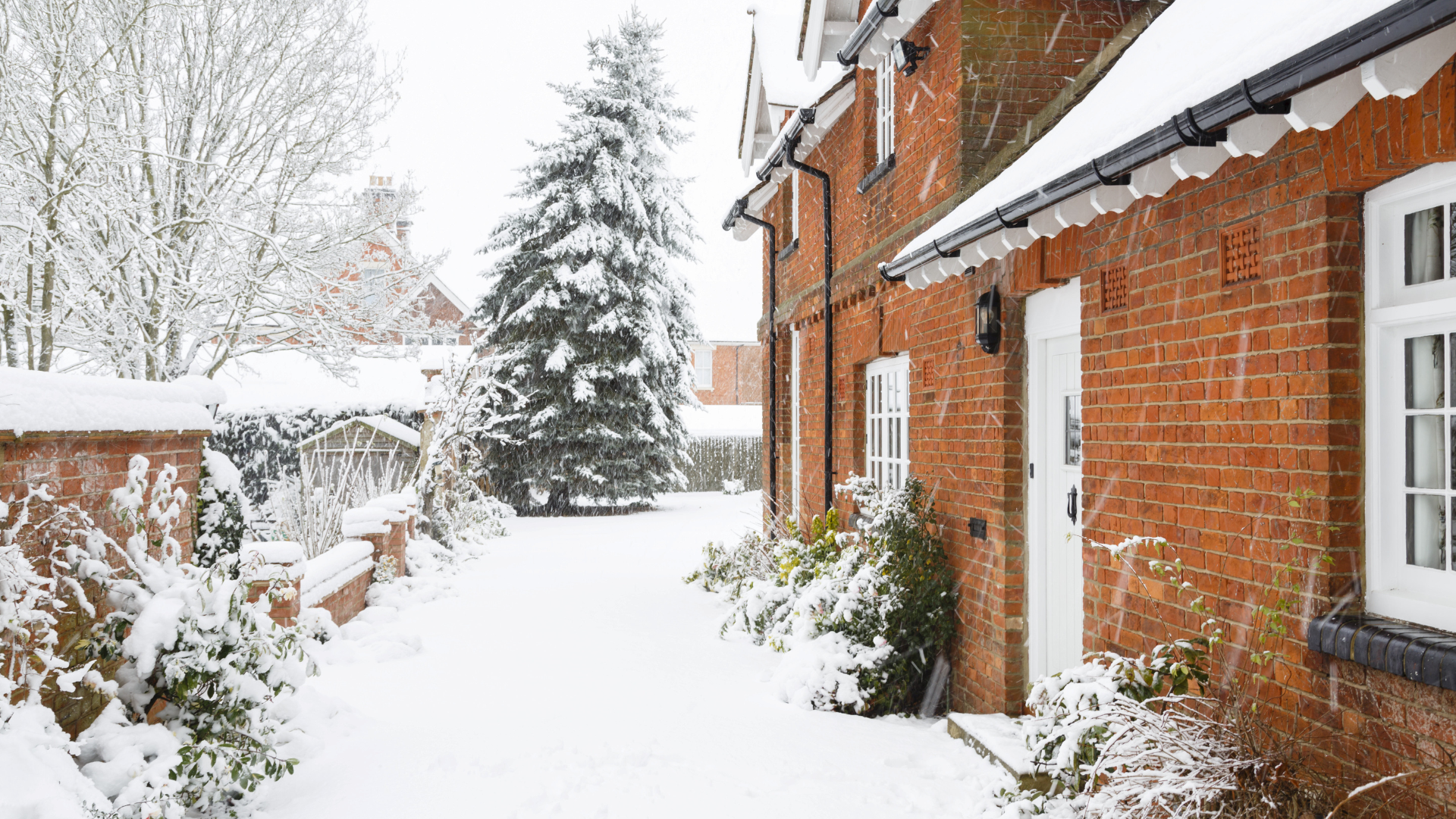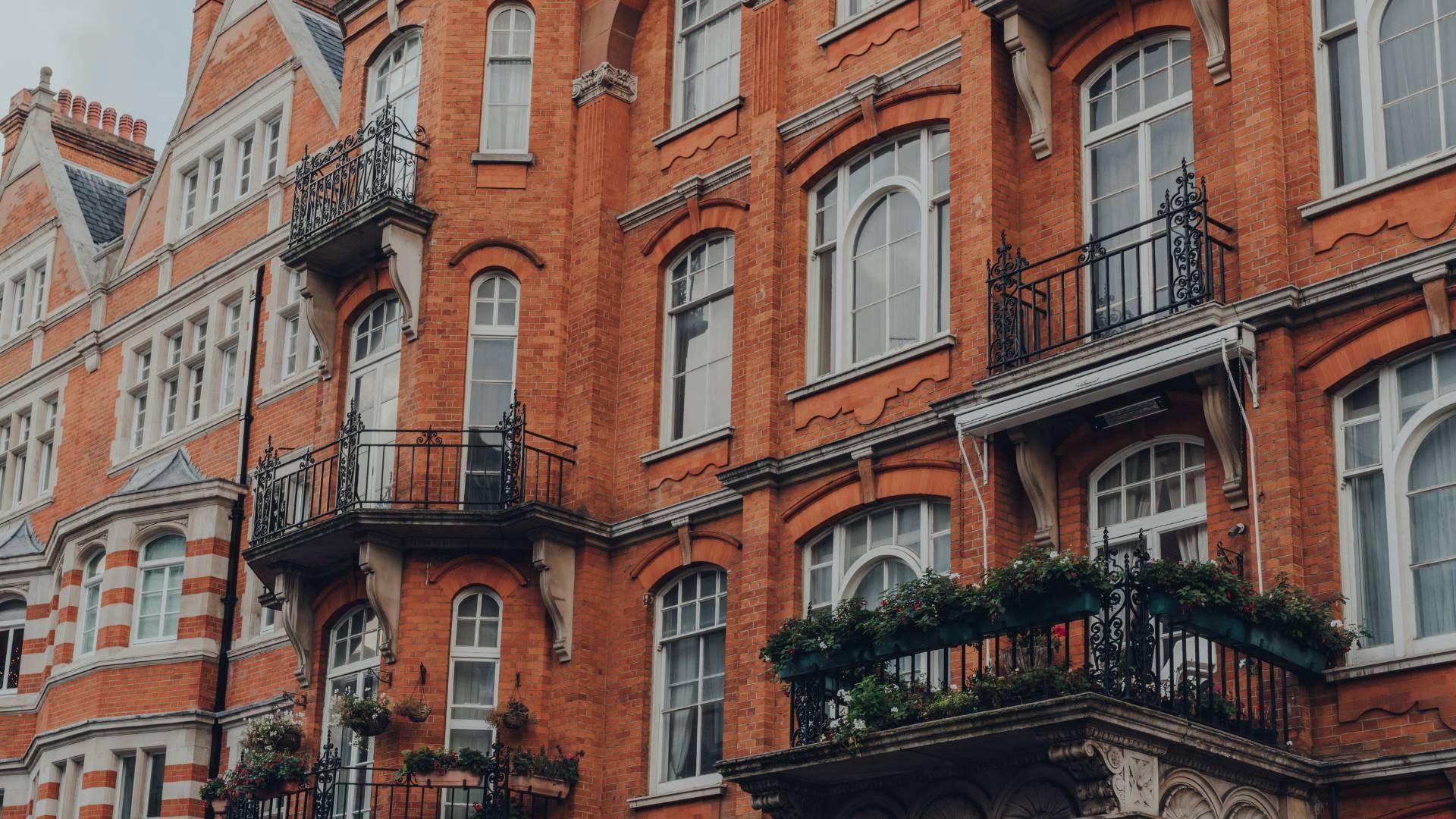There is nothing wrong with wanting to add value to a property. In fact, it can be exciting to think altering, enlarging or upgrading your home may allow you to recoup more than you’ve spent when you come to sell.
There are, however, high points and pitfalls when it comes to adding value, especially if you’re looking to undertake much of the improvement work yourself.
Be prepared to go neutral
It’s an oldie but a goldie – many buyers are put off by brave interior design choices. Most buyers make snap judgements based on aesthetics, especially when viewing online, while other people want a ‘ready to live in’ home where they don’t have to spend time or money on redecorating.
Dark paint colours, bold wallpaper and fun themes rarely add value and can actually prompt potential buyers to offer less, so don’t follow fashion when revamping the interior. Redecorating with neutral colours will give your home the broadest appeal and attract more buyers. Plus, a light, unfussy interior has the added bonus of making rooms feel more spacious too.
Enquiry levels, viewing feedback and offers received will be a good indicator if some décor tweaks could improve the property’s appeal. We’ll always advise you before you put your home on the market but acting on comments during the marketing process can also have a positive effect.
Consider reinstating coveted aspects
In most cases, some basic DIY and maintenance is enough to add appeal and help a home achieve its true sales value. In some cases, however, more major alterations could be required.
Reoccurring aspects that can devalue a home include bathrooms where the bathtub has been replaced with a shower cubicle, bedrooms that have been converted into dressing rooms, a gym or hobby spaces, and rooms that have been knocked through to create open-plan living. The latter has been under scrutiny more recently, with buyers concerned about the cost of heating larger spaces.
Careful planning is required, however, when it comes to reversing substantial property aspects. Don’t automatically assume reinstating a dividing wall or ripping out fitted wardrobes is the right decision – you’ll need to establish whether the work will cost more than the value it will add.
In some cases, there may be a more practical middle ground – such as installing a shower over a bath, for example. As we discuss below, removing or adding an element is one thing, how well it’s executed is another.
Know when to call in the professionals
Knowing your limits is important, especially in light of a new study commissioned by British Gas. In its list of ‘Top 25 jobs Brits don’t feel confident carrying out’ were wallpapering a room, patching a hole in the wall and replacing a light fitting.
While it’s tempting to think ‘that’ll do’ if you’ve slapped on a coat of paint or literally papered over the cracks ahead of selling, sloppy workmanship can come back to haunt you. In two separate reports, one by Pension Times and another by Loveproperty.com, poor quality DIY was deemed to devalue a home. In the case of the latter, it was cited as the top reason why a home could lose value.
If you’re not a perfectionist or have never tackled such jobs before, don’t go it alone. It could be more cost effective to hire a professional to undertake the work for you.
Homeowners rarely set out to devalue their property and more often than not, DIY and maintenance can enhance the value, if done well. If you’re in any doubt about how you can achieve the very best sales price for your home, feel free to contact us.
Share this article
More Articles
Sign up for our newsletter
Subscribe to receive the latest property market information to your inbox, full of market knowledge and tips for your home.
You may unsubscribe at any time. See our Privacy Policy.




